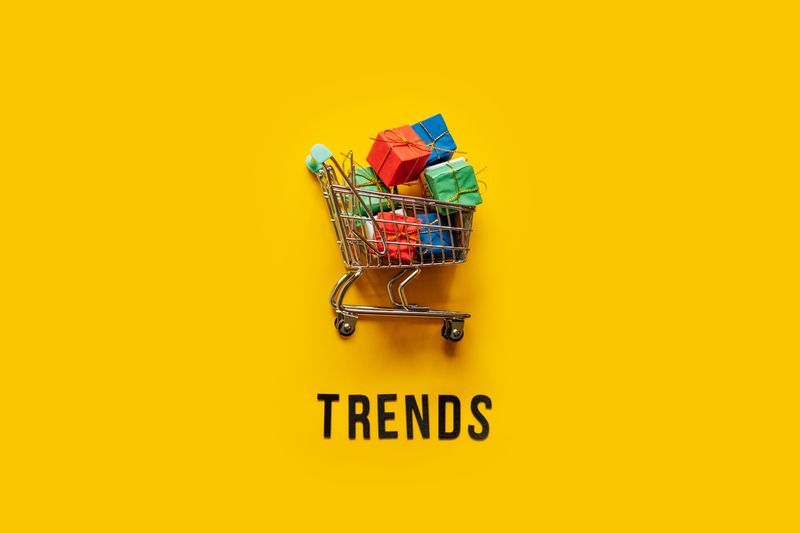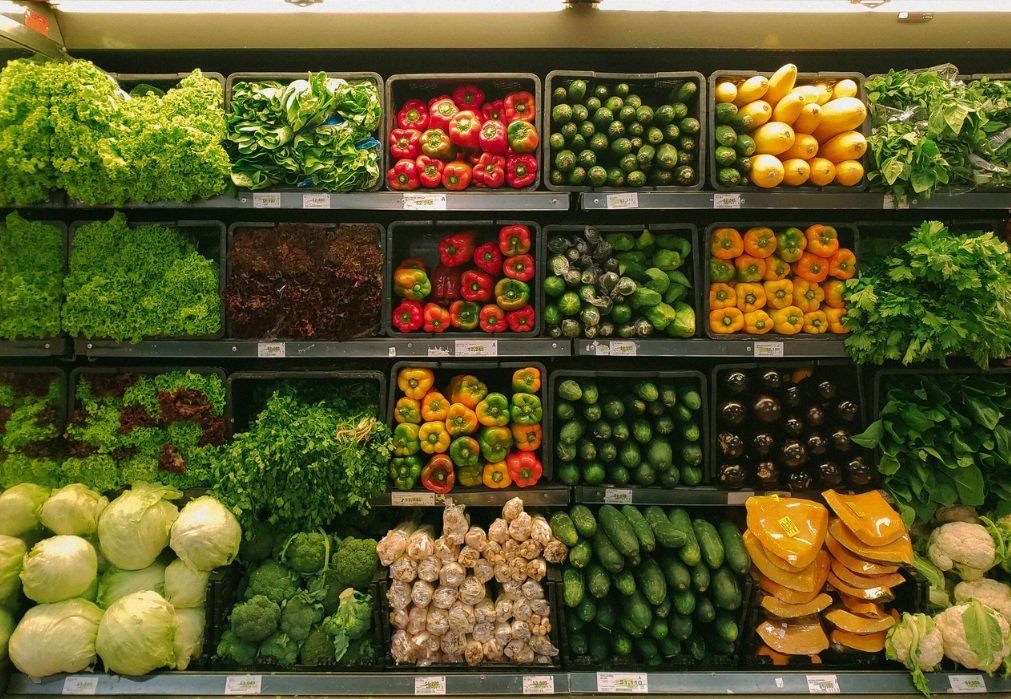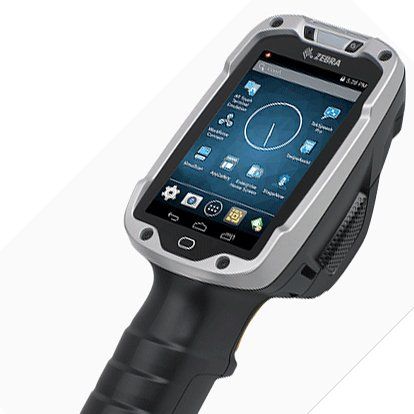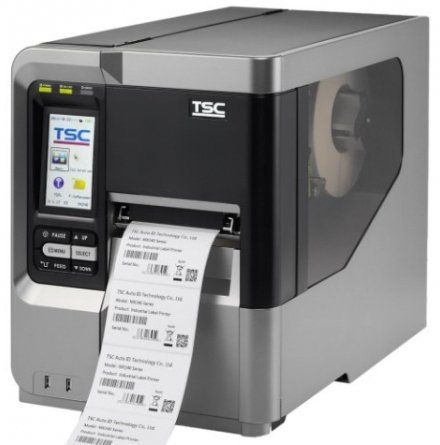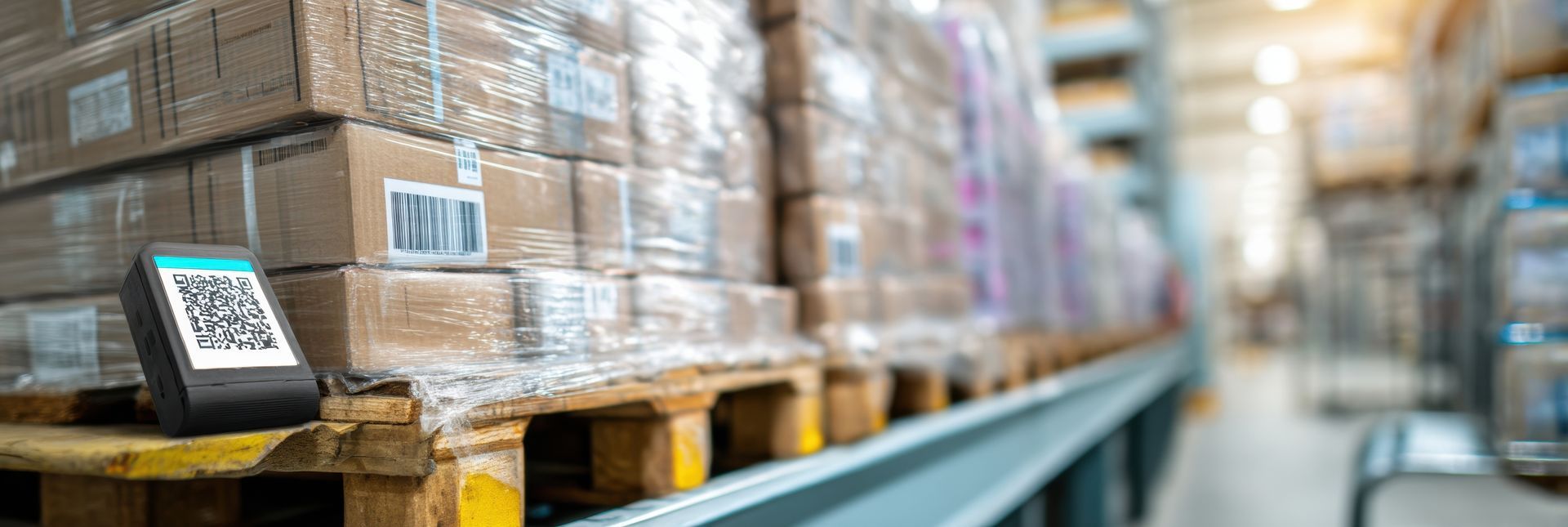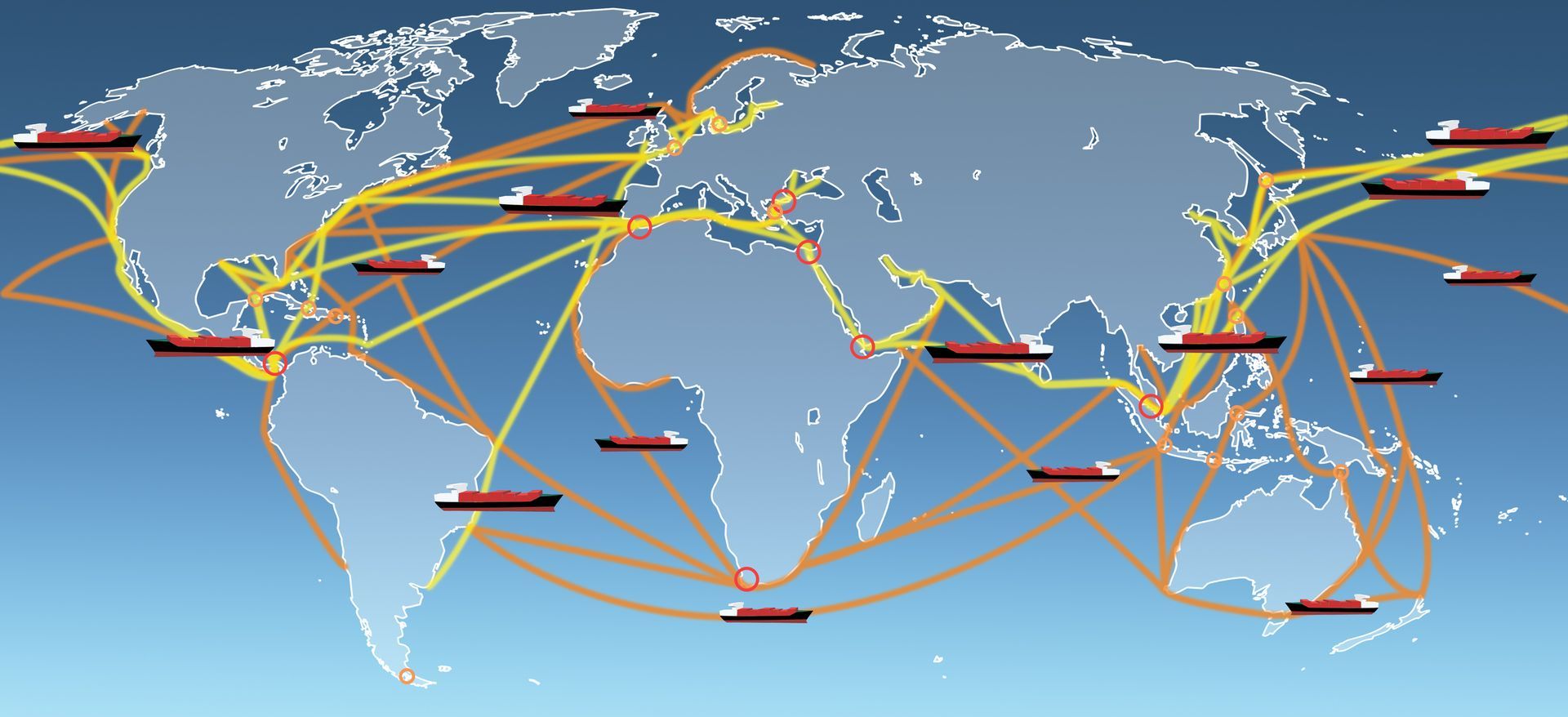The Various Challenges Facing Food Supply Chain: DLT Architecture Comes To The Rescue
How is Distributed Ledger Technology (DLT) helping the food supply chain?
One in 10 people tends to fall ill as a direct result of consuming tainted food. Almost half a million people lose their lives to foodborne diseases. Unfortunately, it is very difficult to keep track of each and every shipment. For example, Walmart can take up to a fortnight to trace a single package of mangoes from a farm to the store. In case of an E.coli related disease outback (for instance), this delay can have terrible consequences.
o The Challenge of Reducing Disease Outbreaks Caused by Tainted Food
While food distribution companies are tracing their individual products, unsuspecting consumers may continue to die. However, it does not have to be this way at all. Not if the distributors and retailers could actually see and validate with pinpoint certainty exactly where the food item was grown, and where it was stored, handled, and inspected. All the stakeholders have to be aware of each and every stop that the food item made on its journey from the grower/manufacturer to the supermarket.
This is where distributed ledger technology (DLT) aka Blockchain comes into the picture. The application of DLT can reduce the whole process to a few seconds.
The definition of distributed ledger technology (Blockchain) is " one type of a distributed ledger. Distributed ledgers use independent computers (referred to as nodes) to record, share and synchronize transactions in their respective electronicledgers (instead of keeping data centralized as in a traditional ledger) "*
o Applying DLT Technology to Eliminate the Problem
Walmart, IBM, and Chinese retailer JD.com have decided to work in collaboration with Tsinghua University National Engineering Laboratory. They have announced the creation of their own “Blockchain Food Safety Alliance” (BFSA) with the stated aim of improving food safety and tracking standards. This initiative was positively received by many large scale food distribution companies all over the world and now some of the biggest brand names including Nestle and Unilever have also come on board.
All the parties of this initiative aim to work with different food supply chain providers, as well as regulators, in order to develop the required solutions and standards. The core objective is to enable abroad-based and comprehensive food safety system in the People’s Republic of China.
o Conclusion
Ultimately, the introduction of blockchain technology to food supply chain management will actively encourage greater accountability across the board. This is only possible by providing regulators, suppliers, and end-consumers with a high level of insight and transparency. It will be able to throw a spotlight on every aspect of the transportation, processing, and handling of the food item from ‘the farm all the way to the fork.’
Ultimately, the introduction of this technology can help save many precious lives. The use of proper tracking equipment for barcode labelsis essential. These include mobile barcode scanning computersand thermal barcode label printers.
Talk to one of our specialist now (800) 643-2664. We are here to help.
*Source reference: https://www.worldbank.org/en/topic/financialsector/brief/blockchain-dlt
